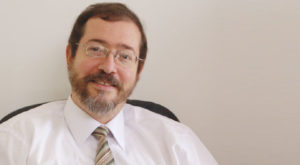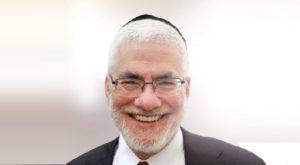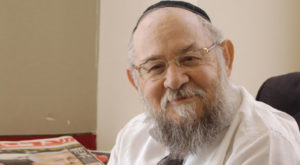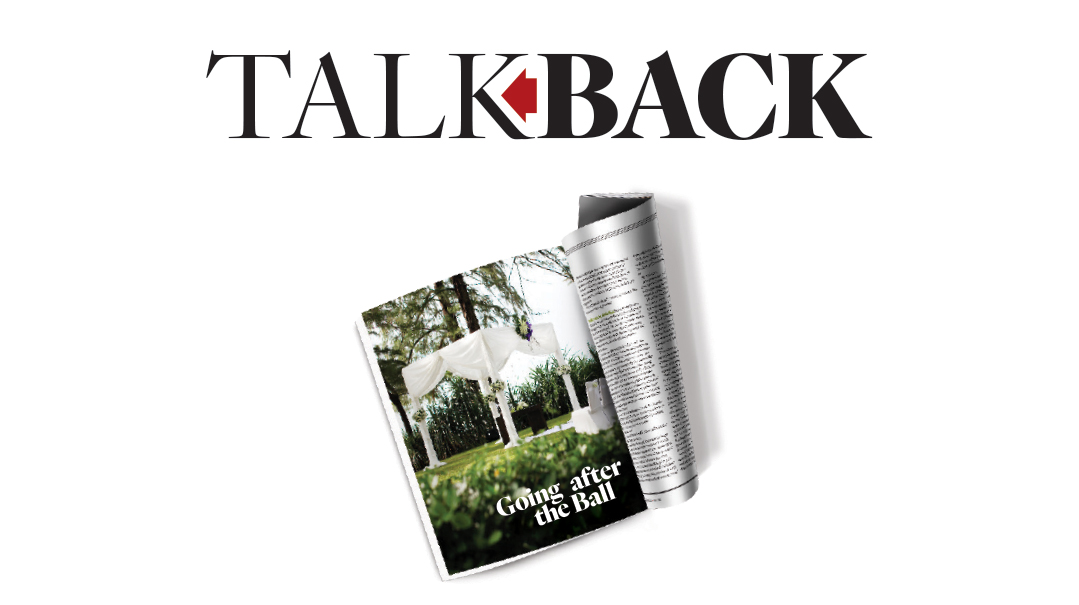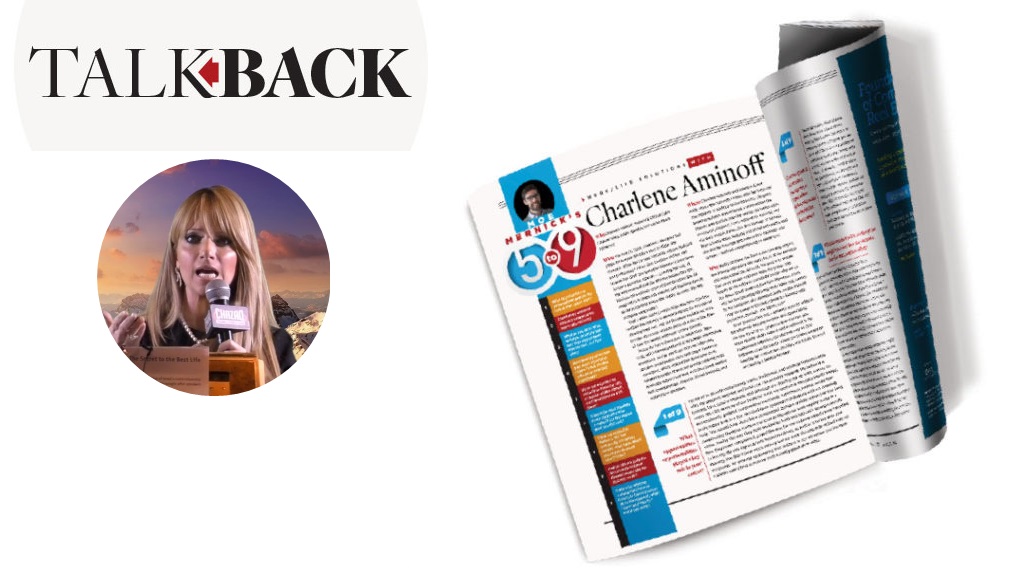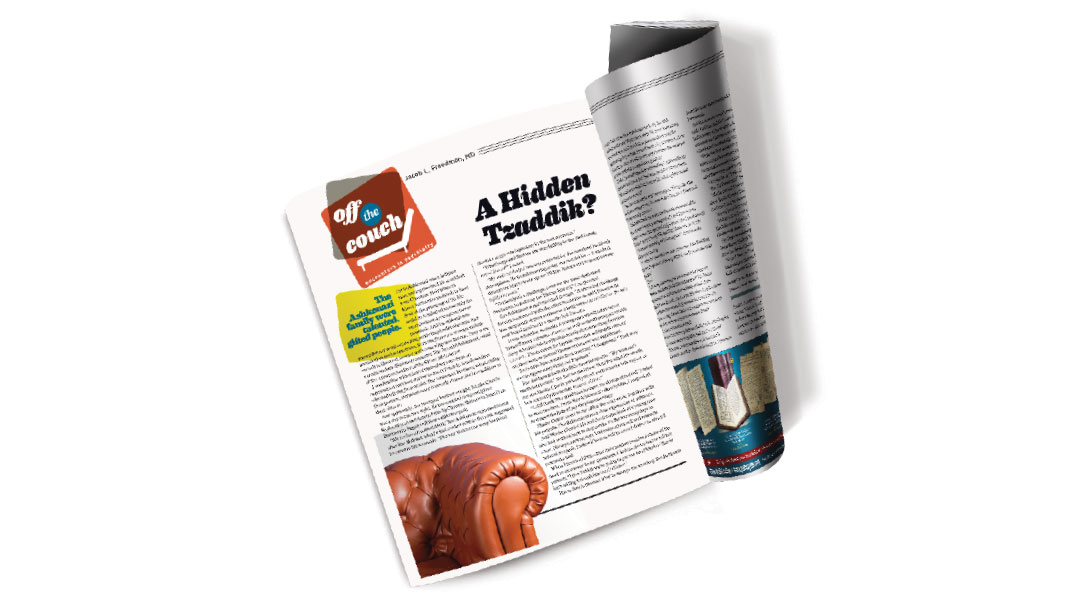Tougher Ground or New Ground?

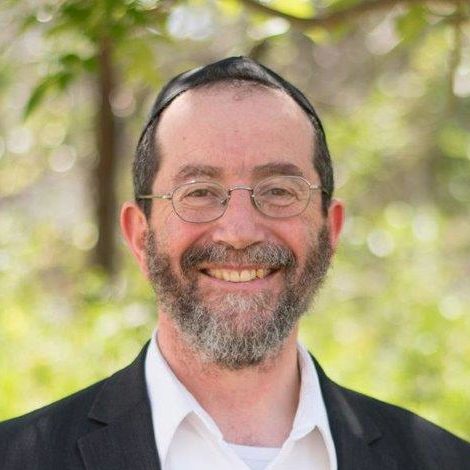
Gedalia Guttentag and Rabbi Avraham Edelstein discuss the state of kiruv today
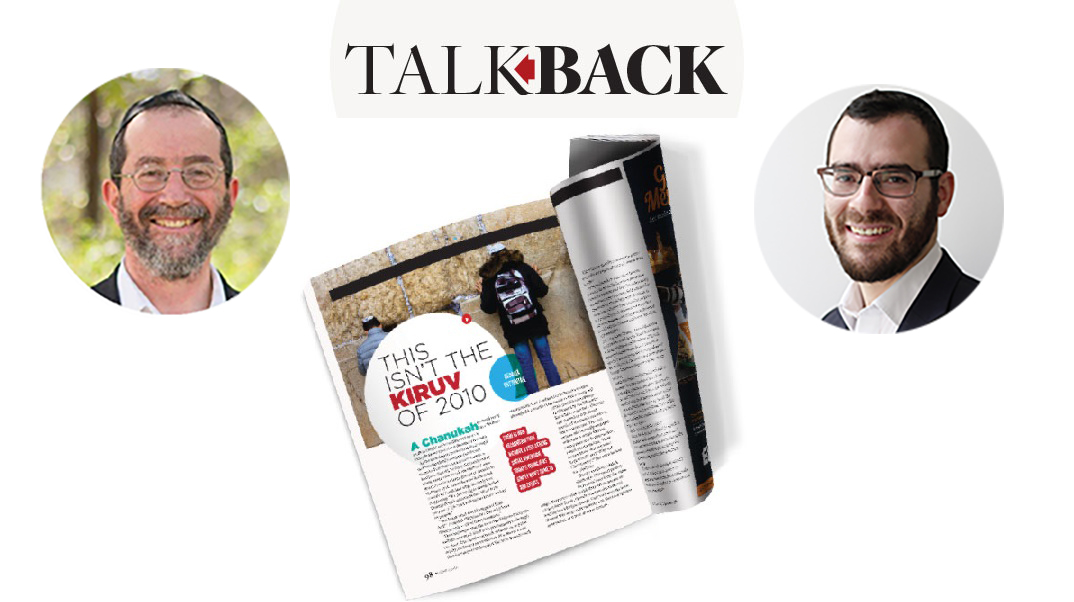
I
n 2014, as a fresh graduate of the Ner LeElef training institute, I hesitantly stood up to address my first kiruv Shabbos dinner in Tel Aviv. My experiences over the following years with young Jews from all over the world led to an end-of-decade assessment about the generational change that has come over the kiruv world, published last month in the “Hindsight is 2020” project.
I noted the fact that kiruv organizations struggle to attract participants with Torah learning alone unless bundled with a heavy social dimension, and even for the vast majority of those who do come, it often leads to nothing more than a nebulous “inspiration.”
Kiruv in 2020, I suggested, needs a two-prong approach, catering both for those who want full Torah growth, and also for the majority who want connection and partial Jewish engagement.
This argument drew a response from Rabbi Avraham Edelstein, a mentor at Ner LeElef, now head of Neve Yerushalayim and a veteran of the outreach world. He argued that kiruv was different, not harder, and the following dialogue ensued.
Gedalia Guttentag
Rabbi Avraham Edelstein:
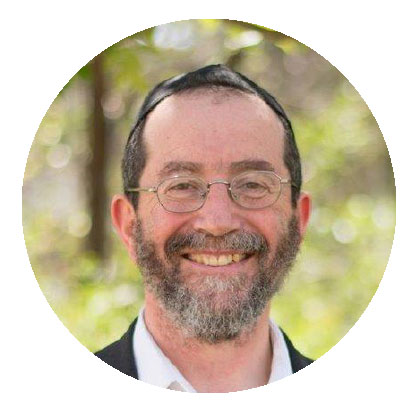
We had so many applicants from Panama that we had to turn many of them away. We have 52 students arriving from Argentina for between two to four months. We had to rent four apartments off campus for them. No room.
OhrSom Australia brought 17 students to learn for two and half weeks. OhrSom South Africa has ten students coming to study for a month. A group of 20 Yehudi students (from Florida campuses) will visit Neve today after studying in Aish girls’ program for two weeks.
The Israeli Neve has a hundred students, although if there would be room, they could easily have 200. Nefesh Yehudi, an Israeli campus organization throughout the country, has been begging us to start a program for their graduates. I have had leading Russian, Spanish, and French mekarevim here over the last year, all begging for the same.
And we are only one institution!
Yet, granted that for the individual mekarev things have gotten tougher in some ways:
- Students are coming from further away. Forty years ago, most American BTs were coming from the Conservative movement, which was much more Jewish then. Today, we might have one or two students like that at any one time.
- Students are more frantic about career. They will not take off a semester or year of college. They are resume-conscious. And when they do come, it is for shorter periods (two to four months on average at Neve), than previously (one to two years).
- Students have more debt, less expectations of making what their parents did, and consider finances a major part of their decision of whether to come study or not.
The kiruv world has always had institutions that peaked and then spluttered out. What once worked will not work today. Today’s students require environments that are millennial-friendly and, now Gen-Z friendly. That required hundreds of changes on our part. Saying that people don’t respond to proofs anymore is correct, but irrelevant. Our approach today is radically different. And it produces results.
As for quality, the consistent feedback that I have received from many tens of hosting families of our alumni around the world is that they have never met such high quality BTs. It is the strong and the together who are returning.
In the last five years, 142 Neve graduates married, covered their hair, and set up Torah homes. And that is one institution.
The baal teshuvah movement is not only alive. It is thriving.
Gedalia Guttentag responds:

certainly had no intention of belittling the kiruv movement, which I still consider myself a part of (for the moment on an associate-membership basis).
As even a brief visit to the Neve Yerushalayim campus shows, it’s obvious that the kiruv movement is thriving — thanks to an understanding that millennials need something different from their predecessors.
My core argument was that while resources in terms of funding and manpower have grown, kiruv institutions — where people are undergoing a total transformation from secularism to Torah lives — have not.
That’s a reflection of a broader change in the Jewish world. There are still many people who are undertaking that leap into faith. But the key change has been a rise in those who want partial, a la carte engagement with Judaism. These are students and young professionals who want Jewish inspiration; they might seek Torah wisdom on relationships, some see the benefit of disconnecting on Shabbat, but they are not ready to fundamentally alter their lifestyles.
Of these, some will come through classic kiruv institutions, and many will not. And my own conversations have shown that this is a source of angst for young mekarevim, who have been primed to engage in transformational kiruv and often encounter a different reality.
My article was a call to embrace what is de facto already happening: a two-pronged kiruv effort. For those who want the entire truth of Torah, kiruv knows how to deliver that.
But this second demographic — those who want limited engagement with Torah life, and are the vast majority of those that kiruv organizations deal with —need to be dealt with in their own way. For some it is a question of time, evolution not revolution. And for many others, they will be strengthened and connected to Torah in a limited way.
In other words, this is not an either-or approach to kiruv — it is both within the same mekarev and organization. Maintaining the last link to Judaism may look insignificant, but who knows what it will lead to?
Rabbi Edelstein responds:

ou are correct that this demographic exists.
But this is what is, why it exists, and how it is being handled:
Twenty years ago, there were three full-time mekarevim on campus, a handful of outreach kollelim, and a few organizations geared to young professionals (YP) in the entire US. Today, there are around 200 non-Chabad mekarevim working on campus and even more Chabad mekarevim, and there are many new YP organizations. These organizations have led to a situation where there are well in excess of 10,000 people a year attending regular Torah classes and other activities. And yes, most of these fit the profile that you describe.
It is also true that different models were needed for these students. For example, Olami has a ten-week introductory program on its campuses, called Maimonides. This involves two classes a week and two Shabbats over the program. Such a student might come on a level-one Israel trip, then go back for a Maimonides 2 program and begin to study one-on-one with the mekarev, then come back on a level-two Israel trip a year after the level one, then the next year visit yeshivah for a couple of weeks. Eventually, a small percentage will eventually go to yeshivah for a longer period.
So what has changed is this: In the olden days, Rabbi Meir Schuster would go the Kosel, pick up someone, and take him to yeshivah. Today, to get that same person, we have to engage in a hundred others who do not make it that far. The challenge for the people on campus has not been how to engage the level-one students; it has been how to find enough resources to also engage those few who want to go all the way.
(Originally featured in Mishpacha, Issue 794)
Oops! We could not locate your form.


